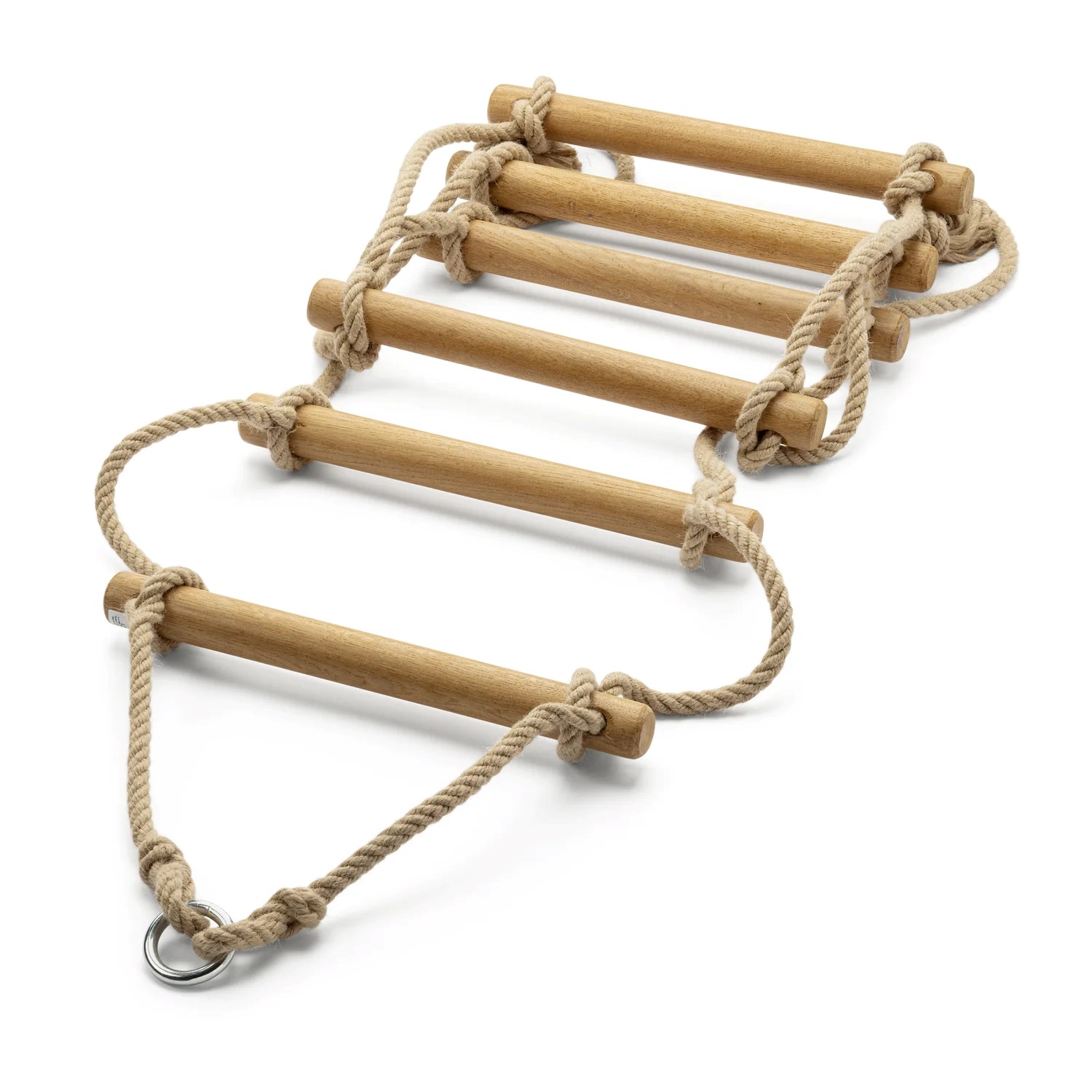

Articles
What Is The Rope Ladder For?
Modified: February 22, 2024
Discover the various uses and benefits of rope ladders in our informative articles. Gain insights into their functionality and find out how they can enhance safety and accessibility.
(Many of the links in this article redirect to a specific reviewed product. Your purchase of these products through affiliate links helps to generate commission for Storables.com, at no extra cost. Learn more)
Introduction
A rope ladder is a highly versatile and functional tool that has been used for centuries. It is a type of ladder made from ropes or cords connected by wooden or metal rungs. Rope ladders are lightweight, portable, and easy to assemble, making them ideal for a variety of applications in both indoor and outdoor settings.
Whether you’re a sailor facing a challenging climb up a mast, an adventurer scaling a rugged cliff face, or a child playing on a backyard treehouse, a rope ladder can be a valuable asset. It offers a unique combination of flexibility, strength, and adaptability that makes it indispensable in certain situations.
In this article, we will delve into the world of rope ladders, exploring their history, uses, safety considerations, and how they compare to regular ladders. So, if you’ve ever wondered about the purpose and significance of a rope ladder, keep reading to discover all you need to know.
Key Takeaways:
- Rope ladders have a rich history, dating back to ancient civilizations, and continue to be versatile tools for accessing heights in various industries and recreational activities.
- Safety is paramount when using rope ladders, with proper inspection, secure anchoring, and adherence to weight limits ensuring a safe and enjoyable climbing experience.
Read more: How To Make Rope Ladder
Definition of a Rope Ladder
A rope ladder is a type of ladder consisting of a series of flexible ropes or cords connected by rungs. These rungs can be made of wood, metal, or other durable materials, and they are spaced evenly along the length of the ladder. The ropes or cords are typically made of strong, durable materials like nylon or polypropylene, ensuring the ladder’s stability and weight-bearing capacity.
Rope ladders are designed to be lightweight, portable, and easy to assemble. They can be rolled up or folded for convenient storage and transportation. Many rope ladders also come with attachment points or loops at the top for easy installation and secure anchoring.
One of the key features that distinguishes rope ladders from traditional ladders is their flexibility. The ropes can adjust to uneven terrain or structures, allowing the ladder to be used in various environments where a fixed ladder may not be suitable. This flexibility is particularly useful in situations like rescue operations, where access to hard-to-reach areas is critical.
It’s worth mentioning that rope ladders come in different sizes and configurations to suit different needs. Some rope ladders have additional features like anti-slip rungs, adjustable lengths, or even built-in safety mechanisms. The specific design and construction of a rope ladder can vary based on its intended use and the manufacturer’s specifications.
Overall, a rope ladder is a versatile tool that provides a safe and efficient means of ascending or descending from heights. Its flexible design and portability make it a popular choice in various industries, recreational activities, and emergency situations.
History and Origins
The origins of the rope ladder can be traced back thousands of years. It is believed to have been invented by ancient civilizations as a means to access elevated structures or navigate challenging terrains. The exact origins of the rope ladder are difficult to pinpoint, as its use spans across different cultures and time periods.
One of the earliest recorded examples of rope ladders can be found in ancient Egypt. Paintings and hieroglyphics depict people using rope ladders to access tombs, temples, and other structures. The Egyptians recognized the practicality of the rope ladder in providing a secure and portable means of reaching heights.
Rope ladders were also used by ancient civilizations such as the Greeks and Romans. They used rope ladders during military campaigns to scale fortifications or gain access to enemy walls. These ancient rope ladders were made from materials like vines, animal skins, or twisted fibers.
During the Middle Ages, rope ladders became a common feature on sailing ships. Sailors used rope ladders to access the masts, rigging, and crow’s nests. The flexibility and ease of use of rope ladders made them ideal for navigating the height of a ship’s mast, especially during stormy weather.
By the 18th century, advancements in materials and manufacturing techniques allowed for the production of more refined and sturdy rope ladders. These ladders were primarily used in military operations, including sieges and tactical assaults. The British military, in particular, is known to have utilized rope ladders extensively during this period.
In the modern era, rope ladders have found applications in a wide range of industries. They are commonly used in construction, emergency services, outdoor adventure activities, and even for recreational purposes like treehouses or obstacle courses.
The design and materials used in rope ladders have evolved over time as technology has advanced. Modern rope ladders are typically made from synthetic materials like nylon or polypropylene, which offer superior strength and durability compared to their ancient counterparts.
Overall, the history of the rope ladder is a testament to its timelessness and practicality. From ancient civilizations to modern-day applications, the rope ladder continues to serve as a reliable tool for accessing heights and conquering challenging terrains.
Uses of a Rope Ladder
A rope ladder is a versatile tool that finds its application in various industries and recreational activities. Let’s explore some of the common uses of a rope ladder:
- Maritime and Nautical Applications: Rope ladders have been used on ships for centuries. Sailors use them to access different parts of a vessel, such as the mast, crows’ nests, or rigging. Rope ladders are lightweight, compact, and can be easily hoisted up or lowered down as needed.
- Rescue Operations: Rope ladders play a crucial role in rescue operations, especially in situations where traditional ladders or other access methods are not feasible. Firefighters, emergency services, and search and rescue teams use rope ladders to reach people stranded in high-rise buildings, cliffs, or other hard-to-reach locations.
- Construction and Maintenance: Rope ladders are handy tools in the construction industry. They are used by workers to access scaffolding, tall structures, or areas with limited space where a traditional ladder cannot be adequately positioned. Rope ladders are also useful for maintenance work on bridges, towers, or industrial equipment.
- Outdoor Adventure and Recreation: Rope ladders are popular in outdoor activities such as rock climbing, mountaineering, and caving. They provide a convenient means of ascending or descending cliffs, caves, or other challenging terrains. Rope ladders are also used in recreational settings like treehouses, zip-line courses, or obstacle courses, adding an element of excitement and adventure.
- Military and Tactical Operations: Rope ladders have long been utilized in military operations for tactical purposes. They provide a way for soldiers to climb over walls, breach fortifications, or gain access to elevated positions quickly. Rope ladders are lightweight and can be easily carried by troops, making them an essential tool in combat scenarios.
- Emergency and Survival Situations: In emergency situations such as natural disasters or wilderness survival scenarios, a rope ladder can be a valuable asset. It allows individuals to climb to safety, whether it’s reaching a higher ground during floods or escaping dangerous terrain in a wilderness setting.
These are just a few of the many uses of rope ladders. Their versatility, portability, and easy assembly make them indispensable in various industries and recreational activities that require safe and efficient access to heights and difficult-to-reach places.
Safety Considerations
When using a rope ladder, safety should always be the top priority. Here are some important considerations to keep in mind to ensure the safe and effective use of a rope ladder:
- Inspect the ladder: Before each use, carefully inspect the rope ladder for any signs of wear, damage, or frayed ropes. Check the rungs to ensure they are secure and in good condition. If any issues are found, do not use the ladder and replace or repair it as necessary.
- Choose a secure attachment point: When setting up the rope ladder, choose a secure attachment point that can bear the weight of the ladder and the individuals using it. Ensure that the attachment point is stable and won’t become loose during use.
- Ensure proper installation: Follow the manufacturer’s instructions for properly installing and anchoring the rope ladder. This includes correctly tying knots, using carabiners or hooks if necessary, and ensuring that the ladder is properly tensioned to prevent wobbling or instability.
- Use proper climbing techniques: When climbing a rope ladder, always maintain three points of contact by using both hands and one foot or both feet and one hand on the rungs. This ensures stability and reduces the risk of falling. Avoid leaning back or overreaching, as this can cause the ladder to become unbalanced.
- Consider weight capacity: Rope ladders have weight limits specified by the manufacturer. Make sure to adhere to these limits and avoid overloading the ladder. If multiple individuals need to use the ladder simultaneously, ensure that the ladder can safely support their combined weight.
- Practice safe descent: When descending from a height, use caution and control your speed. Descend one rung at a time, using a hand-over-hand motion for added stability. Avoid jumping or sliding down the ladder, as this can lead to injuries.
- Be aware of surroundings: Take note of your surroundings when using a rope ladder. Ensure there are no obstacles, obstructions, or potential hazards in the area where the ladder will be deployed. This includes being mindful of overhead obstructions or power lines.
- Consider training and guidance: If you have little to no experience with rope ladders, it is advisable to seek proper guidance and training before using one. Understanding proper techniques, safety protocols, and rescue procedures will help mitigate risks associated with using a rope ladder.
- Store and maintain properly: After each use, clean and dry the rope ladder thoroughly. Store it in a cool, dry place away from direct sunlight or extreme temperatures. Regularly inspect the ladder for any signs of damage or wear, and repair or replace any compromised components.
By following these safety considerations and using common sense, you can ensure a safe and enjoyable experience when using a rope ladder. Taking the necessary precautions will help prevent accidents, minimize risks, and maximize the benefits of using a rope ladder.
The rope ladder is used for emergency situations, such as evacuating from a building or a boat, where traditional staircases or ladders are not accessible. It is also commonly used in outdoor activities like camping and rock climbing.
Read more: How To Climb Rope Ladder
How to Use a Rope Ladder
Using a rope ladder may seem daunting at first, but with the right technique and precautions, it can be a straightforward and safe process. Here is a step-by-step guide on how to use a rope ladder:
- Choose a suitable location: Select a location where the rope ladder can be securely attached and where you have a clear path for climbing up or descending. Ensure that the area is free from any obstructions or hazards.
- Inspect the ladder: Before use, carefully inspect the rope ladder for any signs of wear, damage, or frayed ropes. Check that the rungs are secure and in good condition. If you notice any issues, replace or repair the ladder before proceeding.
- Securely anchor the ladder: Attach the top end of the rope ladder to a stable attachment point, such as a sturdy beam, branch, or fixed structure. Use proper knots or attachment mechanisms to ensure a secure connection.
- Extend the ladder fully: Unroll or unfold the rope ladder completely, ensuring that it is fully extended and all rungs are visible and accessible.
- Test the stability: Before putting your weight on the ladder, give it a gentle shake or tug to ensure it is securely anchored and stable. Confirm that it doesn’t sway or move excessively.
- Climb with caution: When climbing the rope ladder, use the recommended technique of maintaining three points of contact. This means always having two hands and one foot, or two feet and one hand, on the ladder rungs at all times.
- Take it one step at a time: Ascend or descend the ladder one rung at a time, using a hand-over-hand or step-by-step method. Avoid rushing or making sudden movements that could tip the ladder or throw off your balance.
- Keep your body centered: Maintain a centered position on the ladder to distribute your weight evenly. Avoid leaning too much to either side, as this can cause the ladder to become unbalanced.
- Keep a lookout: As you climb or descend the ladder, keep your eyes on your surroundings to avoid any potential obstacles or hazards. Be mindful of your progress and take breaks if necessary.
- Descend safely: When you reach the desired height or location, carefully descend the ladder using the same precautions as climbing. Take your time and maintain control of your body movements to prevent slips or falls.
- Secure the ladder: After use, ensure that the ladder is properly rolled up or folded and stored in a safe and dry place. Store it away from direct sunlight or extreme temperatures to prolong its lifespan.
Remember, practice makes perfect. It’s advisable to familiarize yourself with the proper technique and safety measures before using a rope ladder in real-life scenarios. Seek guidance, training, or assistance from professionals if needed to ensure a safe and successful experience.
Popular Rope Ladder Designs
Rope ladders come in various designs, each catering to specific needs and preferences. Here are some popular rope ladder designs commonly used today:
- Standard Rope Ladder: This is the most common and basic design of a rope ladder. It consists of evenly spaced rungs connected by ropes or cords. It is lightweight, portable, and easy to assemble. Standard rope ladders are versatile and can be used in a wide range of applications, from maritime use to outdoor activities.
- Adjustable Rope Ladder: An adjustable rope ladder offers the flexibility of adjusting its length to suit different scenarios. It typically features multiple attachment points along the ropes, allowing you to change the ladder’s height and adapt it to various climbing situations. This design is particularly useful when dealing with uneven terrain or varying heights.
- Anti-Slip Rope Ladder: To enhance safety and traction, some rope ladders incorporate anti-slip features on the rungs. These can be in the form of textured surfaces, rubberized coatings, or added grip materials. Anti-slip rope ladders provide better stability, especially when climbing or descending in wet or slippery conditions.
- Folding Rope Ladder: A folding rope ladder is designed for convenient storage and portability. It consists of multiple sections that fold unto each other, allowing the ladder to collapse into a compact size. Folding rope ladders are ideal for situations where space is limited and easy transportation is required.
- Rescue Rope Ladder: Specifically designed for emergency situations, rescue rope ladders feature additional safety elements. These may include built-in harnesses, quick-release mechanisms, or reflective strips for enhanced visibility. Rescue rope ladders are commonly used by fire departments, search and rescue teams, and other emergency responders.
- Bunk Bed Rope Ladder: This type of rope ladder is designed specifically for bunk beds or lofts, providing a safe and convenient way for individuals to access the upper sleeping area. Bunk bed rope ladders are compact, easy to install and remove, and often come with secure hooks or attachments for easy mounting.
It’s important to note that these designs can vary in their specific features, materials used, and weight-bearing capacity. When selecting a rope ladder, consider factors such as intended use, weight capacity, durability, and any additional safety features that may be necessary for your specific application.
Ultimately, the choice of rope ladder design will depend on your unique requirements and preferences. Understanding the options available can help you select the most suitable rope ladder for your needs.
Rope Ladder vs. Regular Ladder
When it comes to reaching heights or accessing elevated areas, both rope ladders and regular ladders serve their purpose. Each type has its own advantages and considerations. Let’s compare rope ladders and regular ladders to understand the differences:
Rope Ladder:
- Flexibility: Rope ladders are highly flexible and can adapt to uneven terrain or structures. They can be used in situations where a regular ladder may not be easily positioned.
- Portability: Rope ladders are lightweight and portable. They can be folded or rolled up for easy storage and transportation.
- Easy Assembly: Rope ladders are relatively easy to assemble and disassemble. They can be quickly deployed and set up in various locations.
- Versatility: Rope ladders have a wide range of applications, from maritime use to outdoor recreation and emergency situations.
- Flexible Height: Adjustable rope ladders allow for varying ladder lengths, providing the ability to adapt to different climbing scenarios.
Regular Ladder:
- Stability: Regular ladders, such as step ladders or extension ladders, offer a high degree of stability when properly positioned and secured.
- Weight Capacity: Regular ladders generally have a higher weight-bearing capacity compared to rope ladders.
- Specific Purpose: Regular ladders are designed for specific purposes, such as household tasks, construction work, or industrial applications.
- Familiarity: Regular ladders are more common and widely used, so individuals may be more accustomed to their operation and feel more secure using them.
- Multiple Sizes: Regular ladders come in various sizes and types, allowing for customization based on the desired reach or height needed.
When deciding between a rope ladder and a regular ladder, consider factors such as the specific task or use case, the accessibility of the location, weight capacity requirements, and individual comfort and preference. Both rope ladders and regular ladders can be valuable tools, and the choice ultimately depends on the situation at hand.
It’s worth noting that while rope ladders offer flexibility and portability, they may not provide the same level of stability as regular ladders. Additionally, regular ladders may not be suitable for uneven terrains or areas with limited space. Therefore, it’s important to assess the specific needs and constraints of each situation to determine the most appropriate ladder to use.
Conclusion
Rope ladders are versatile tools that have stood the test of time, with a rich history and a wide range of applications. From ancient civilizations to modern-day industries, rope ladders have been used to access elevated structures, navigate challenging terrains, and provide a safe means of ascent and descent.
With their lightweight and portable design, rope ladders offer flexibility and ease of use. They can be quickly assembled, adjusted to varying heights, and deployed in diverse environments. From maritime use on ships to construction sites, emergency rescue operations, outdoor adventure activities, and even recreational treehouse creations, rope ladders have found their place in numerous industries and recreational pursuits.
When using a rope ladder, safety considerations should always be at the forefront. Inspecting the ladder, choosing secure attachment points, using proper climbing techniques, and adhering to weight capacity limits are critical for a safe experience. Regular maintenance, proper storage, and seeking guidance or training when necessary further ensure the safe and effective use of a rope ladder.
While rope ladders offer flexibility and adaptability, regular ladders provide stability and higher weight-bearing capacity. The choice between the two depends on the specific task, accessibility of the location, and individual comfort levels. Recognizing the advantages and considerations of each type helps in determining the most suitable ladder for the intended use.
In conclusion, rope ladders are invaluable tools that continue to play a significant role in various industries and recreational activities. Their functionality, versatility, and historical significance make them a fascinating tool that bridges the gap between the past and the present, enabling us to reach new heights and overcome challenges in a safe and efficient manner.
Frequently Asked Questions about What Is The Rope Ladder For?
Was this page helpful?
At Storables.com, we guarantee accurate and reliable information. Our content, validated by Expert Board Contributors, is crafted following stringent Editorial Policies. We're committed to providing you with well-researched, expert-backed insights for all your informational needs.
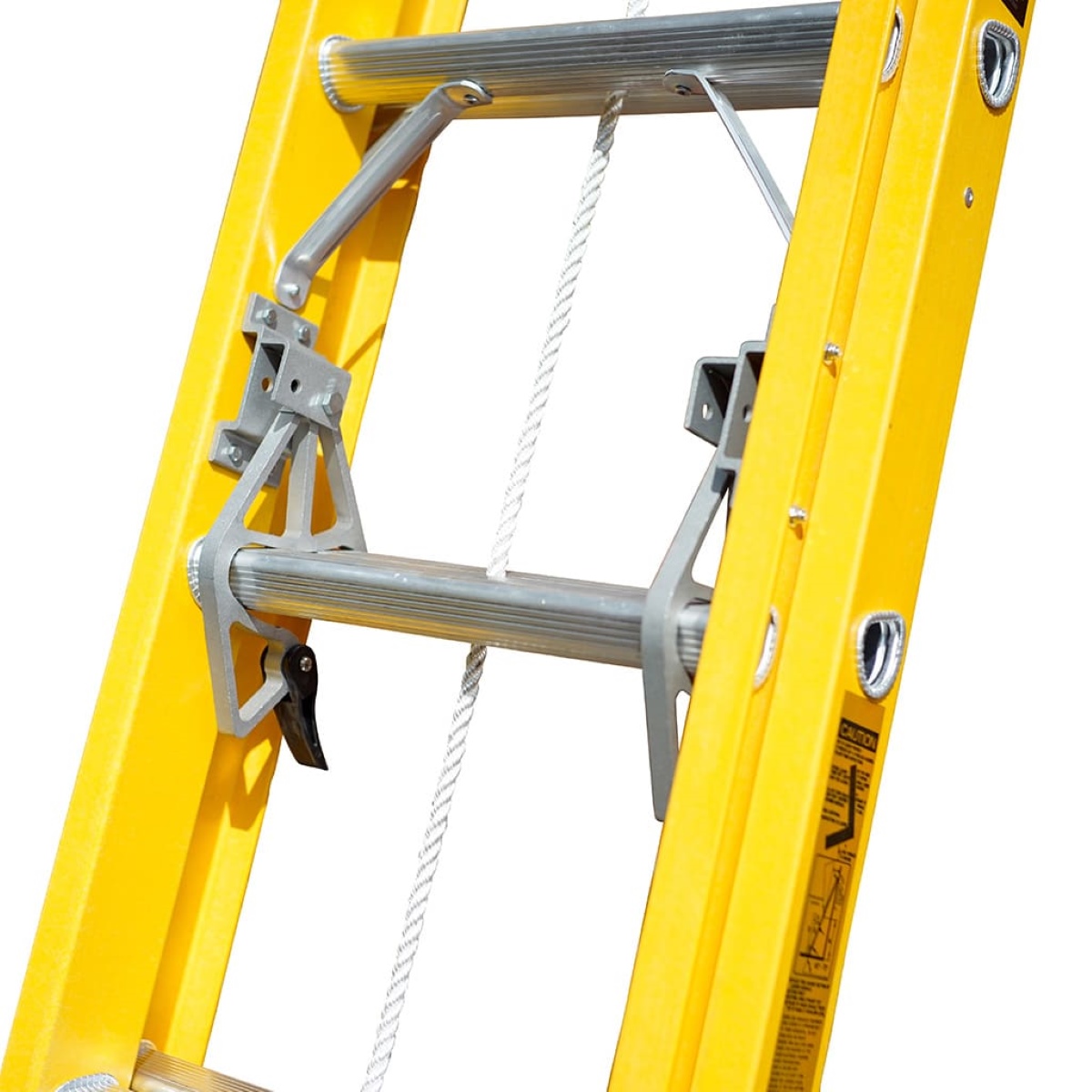
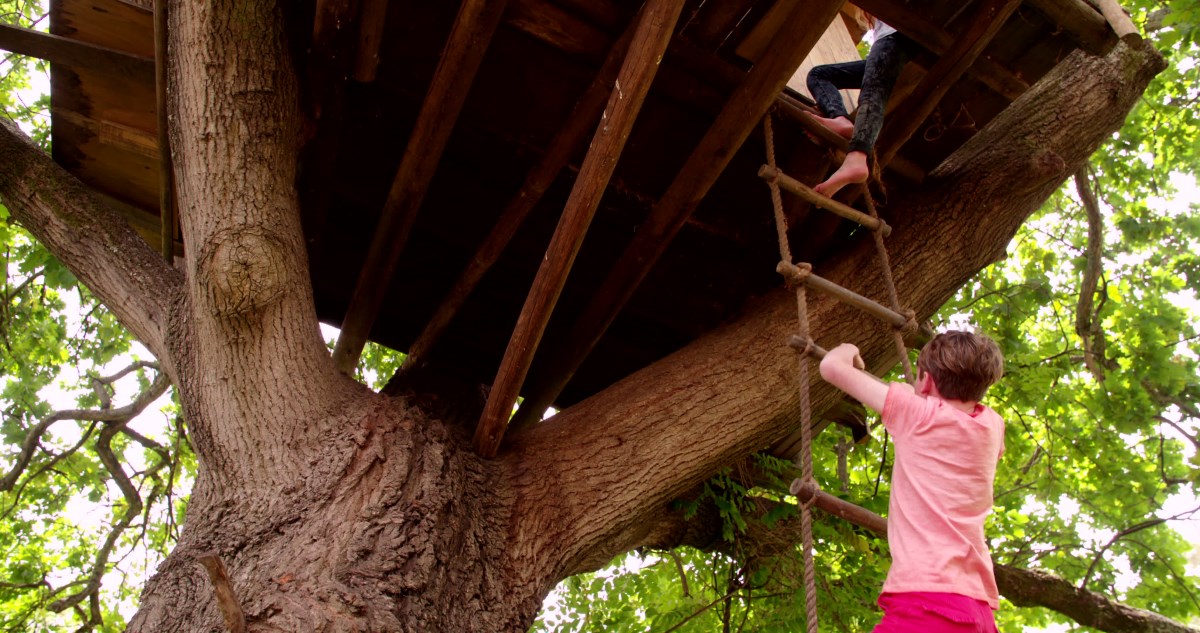
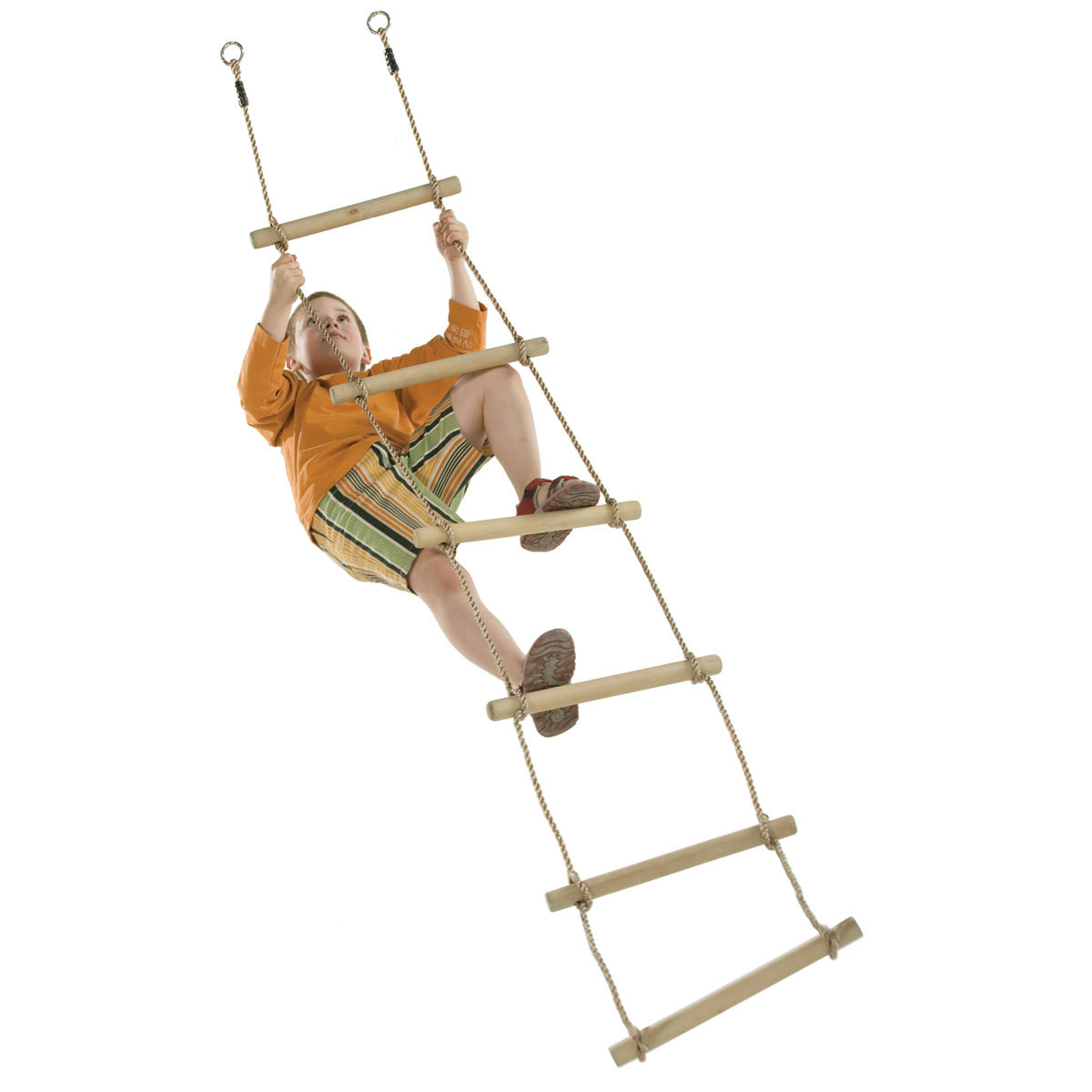

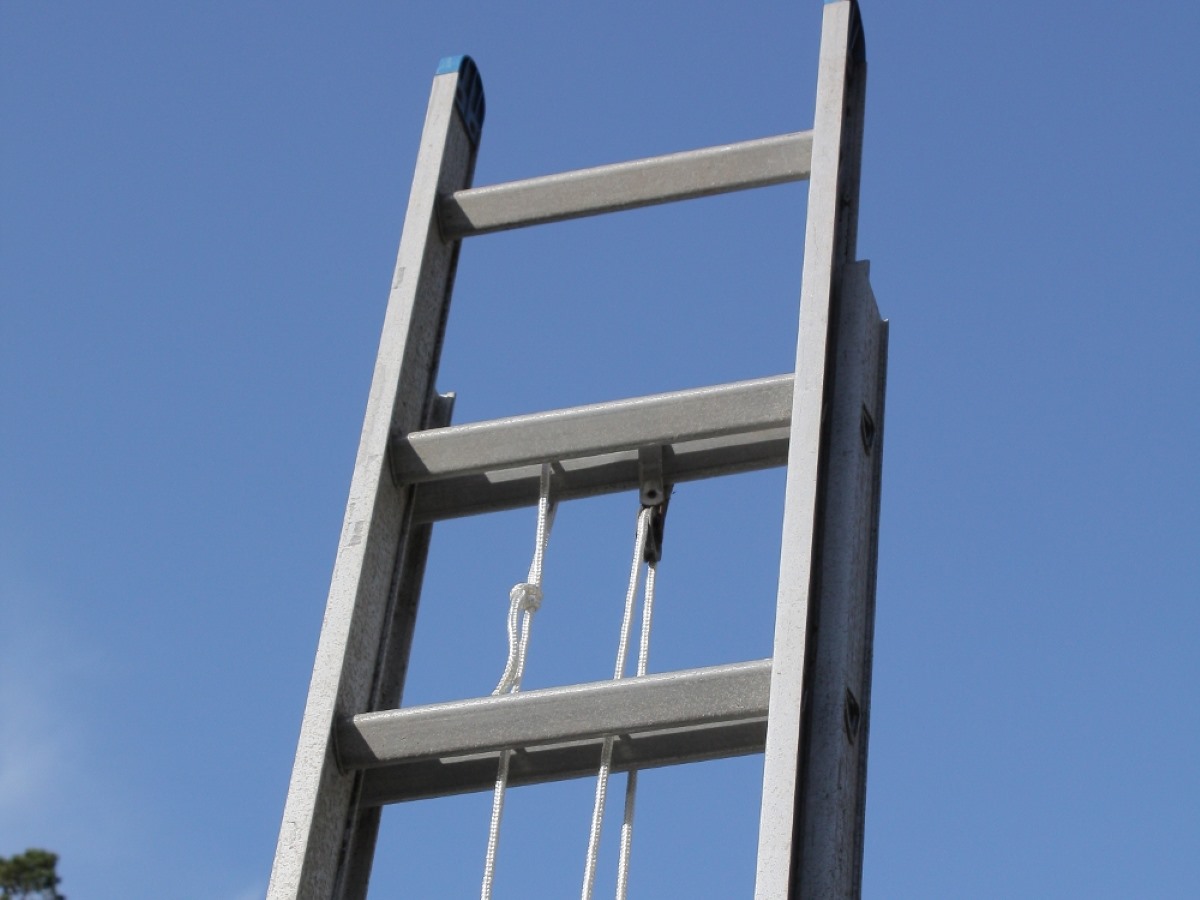
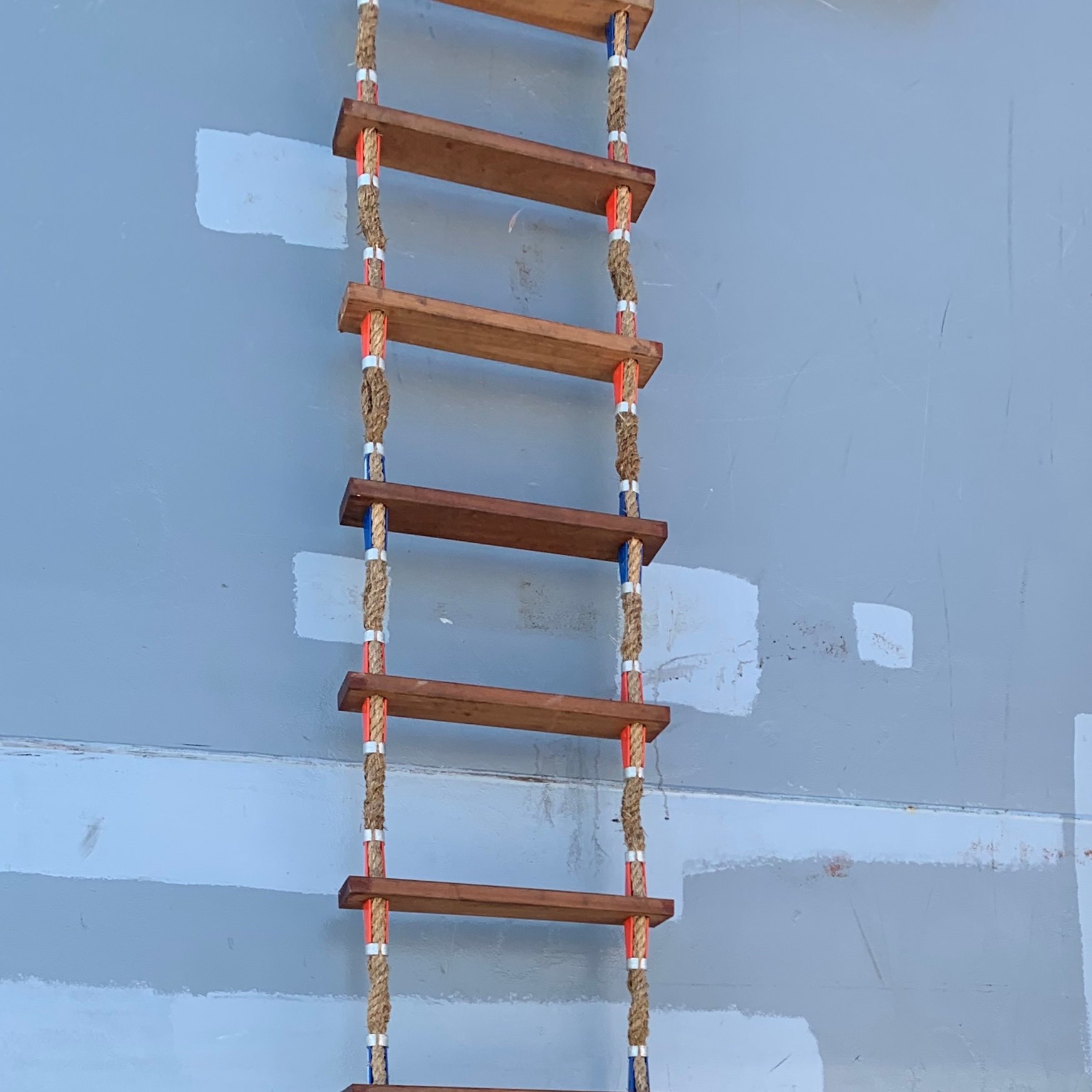



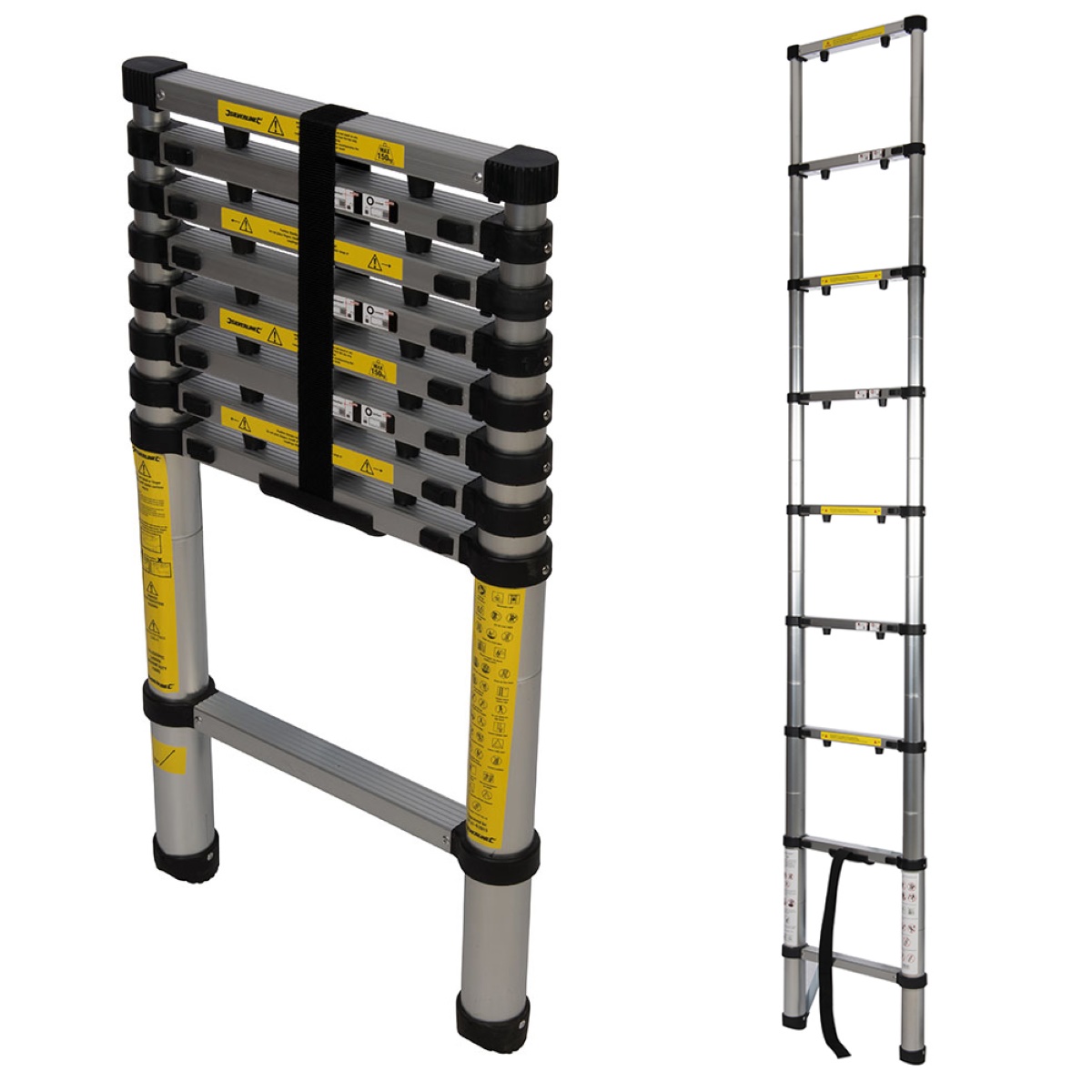
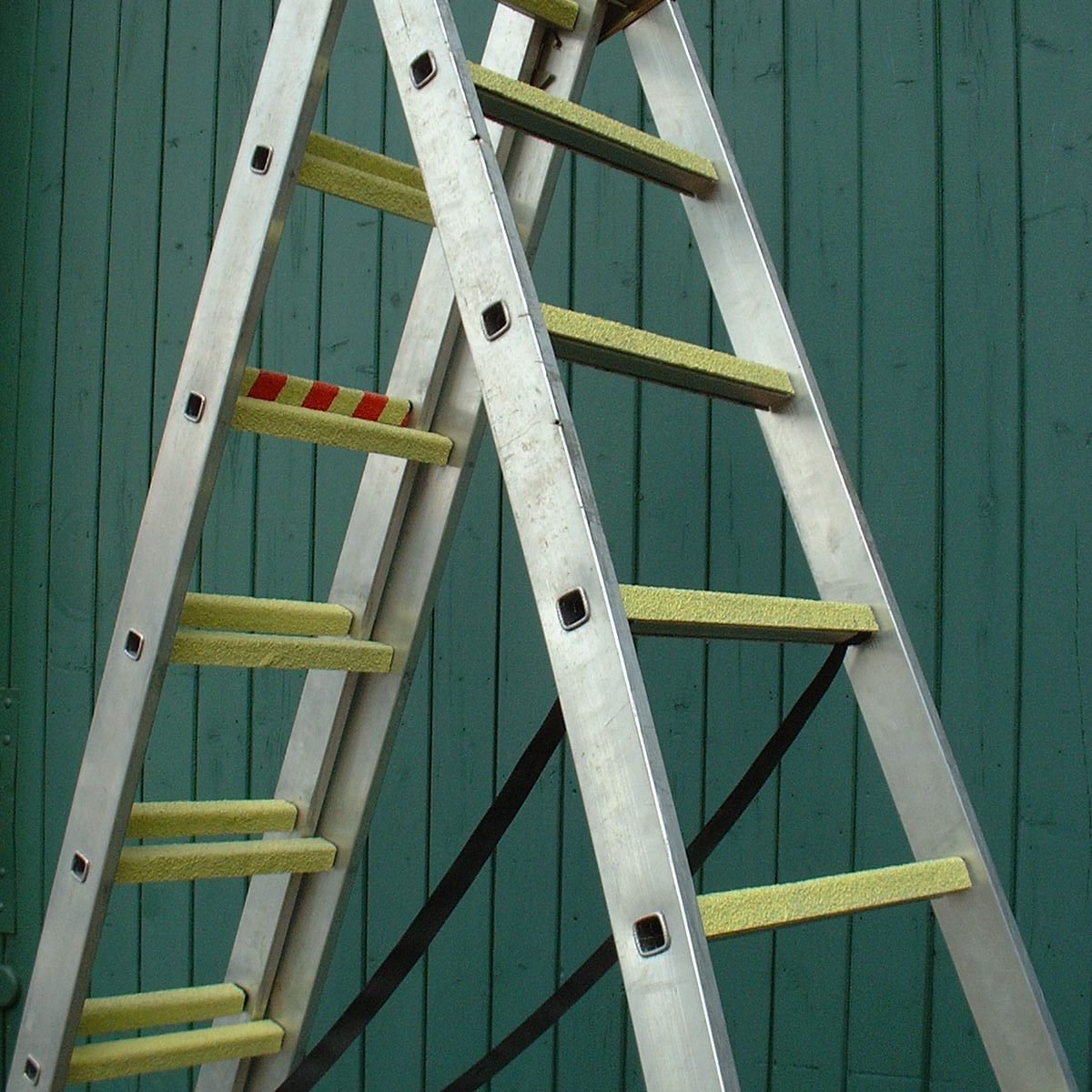
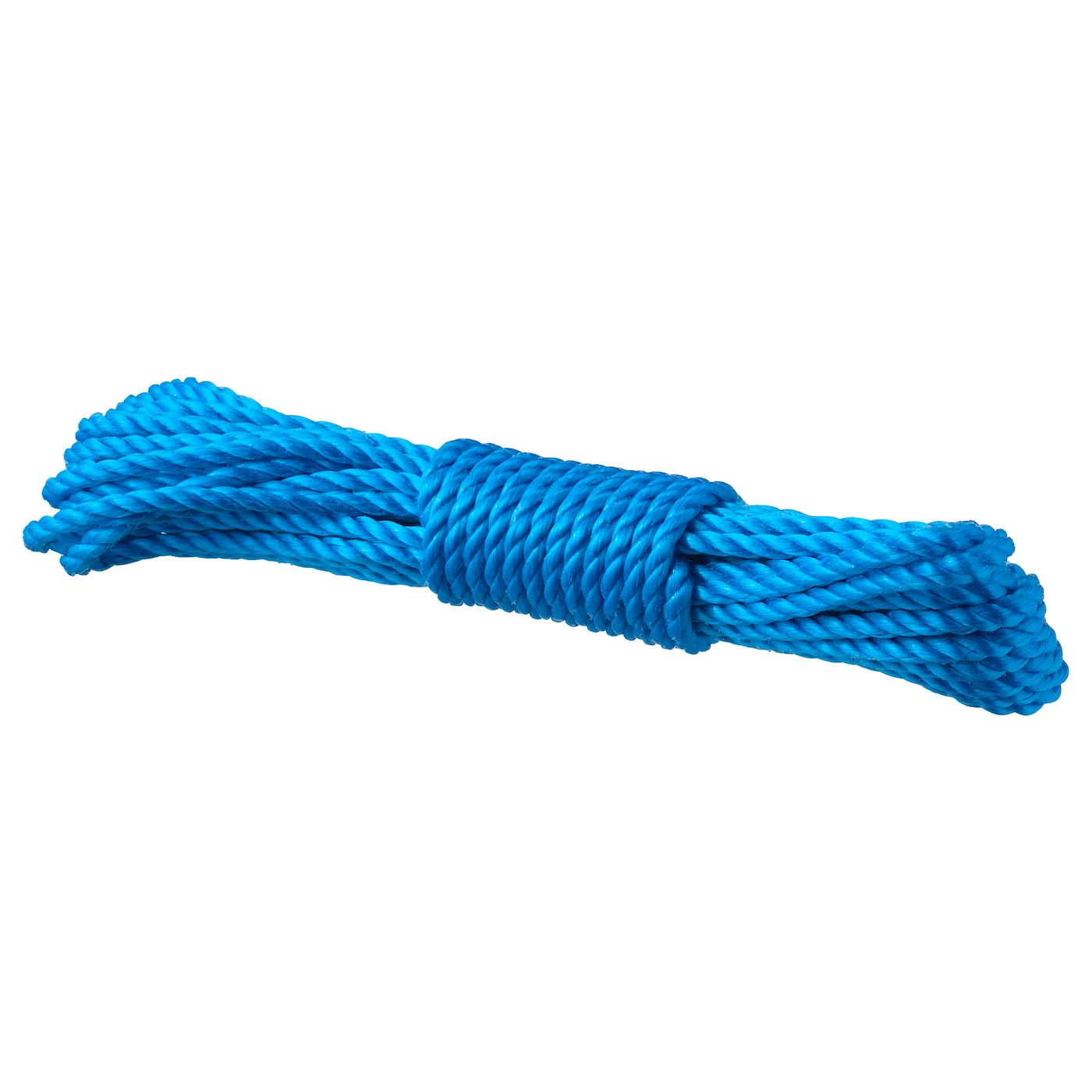
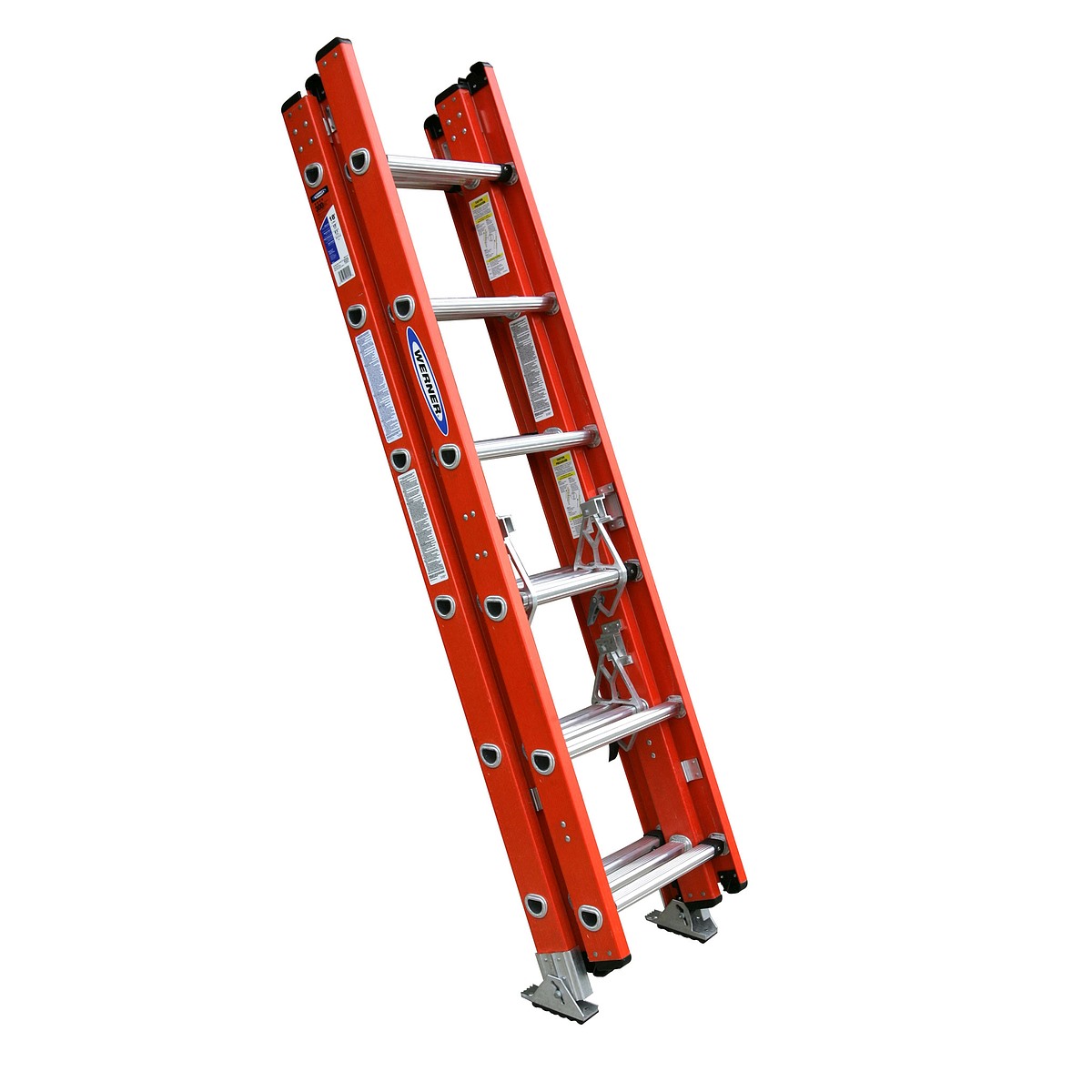
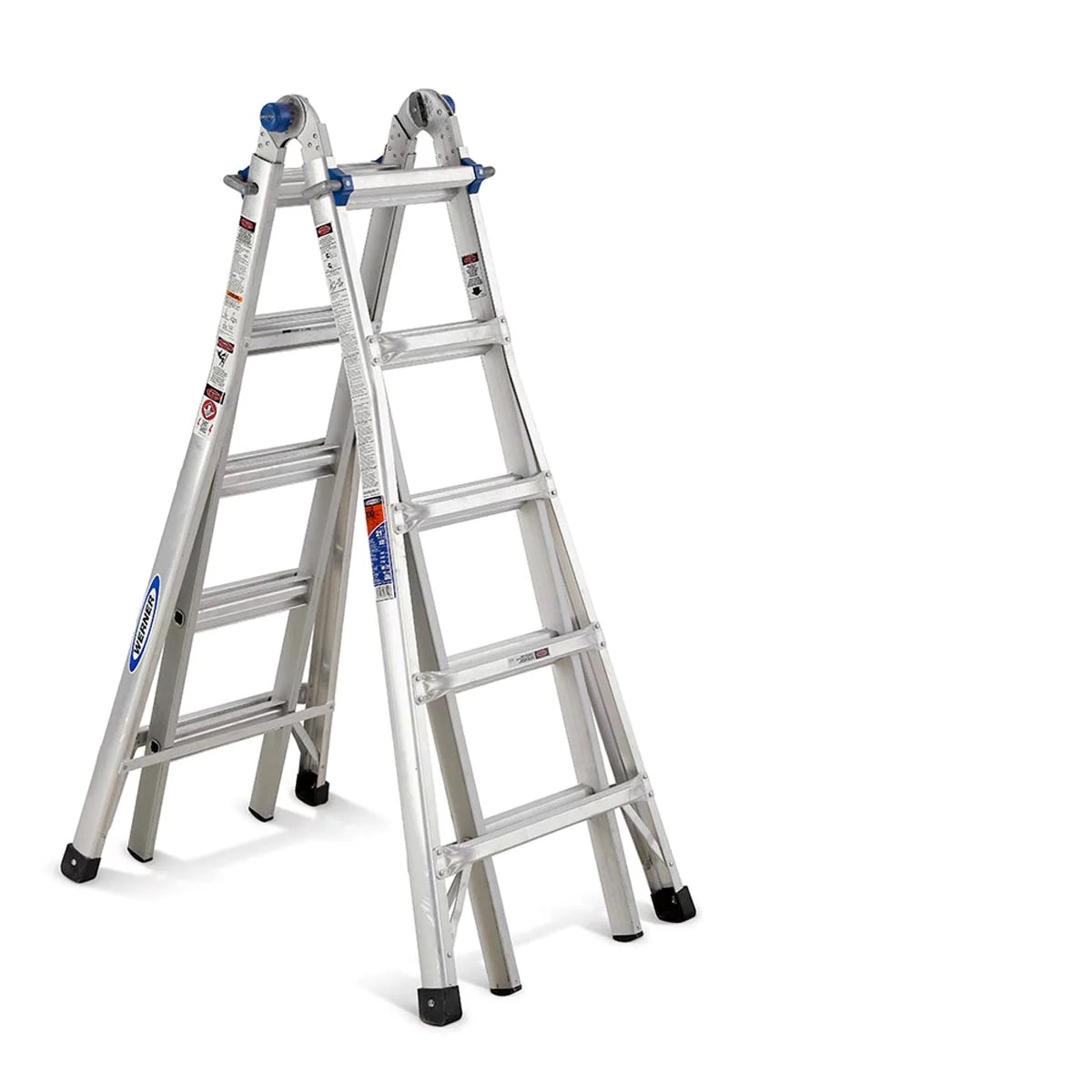

0 thoughts on “What Is The Rope Ladder For?”